How I Plan Our Homeschool Year Without a Curriculum
When sharing about our homeschool rhythm a few weeks ago I mentioned that I wanted to write a post about how I plan our year without a curriculum and I got a few online and in-person questions and comments on how I do it so here it is!
When people find out that we homeschool and that our school division has zero curriculum requirements I can see the looks of concern and worry start to creep up on their faces. If I know homeschooling is not something they are interested in ever doing I’ll usually be quick to appease their fears by letting them know that I have my degree in education and am qualified to teach K-12. Those looks instantly change and I can see they feel confident in my abilities immediately.
But can I tell you a secret that I don’t tell those people?
My university degree taught me nothing about how to follow a curriculum. Honestly, I feel like my university education was, just as I feel like the school system is, a complete joke and waste of time (and money).
I have learned so much more in my three years as a homeschool parent than I ever did in university and if I ever decided to teach in a classroom again I would teach like I homeschool, at least as much as I could get away with in the school system.
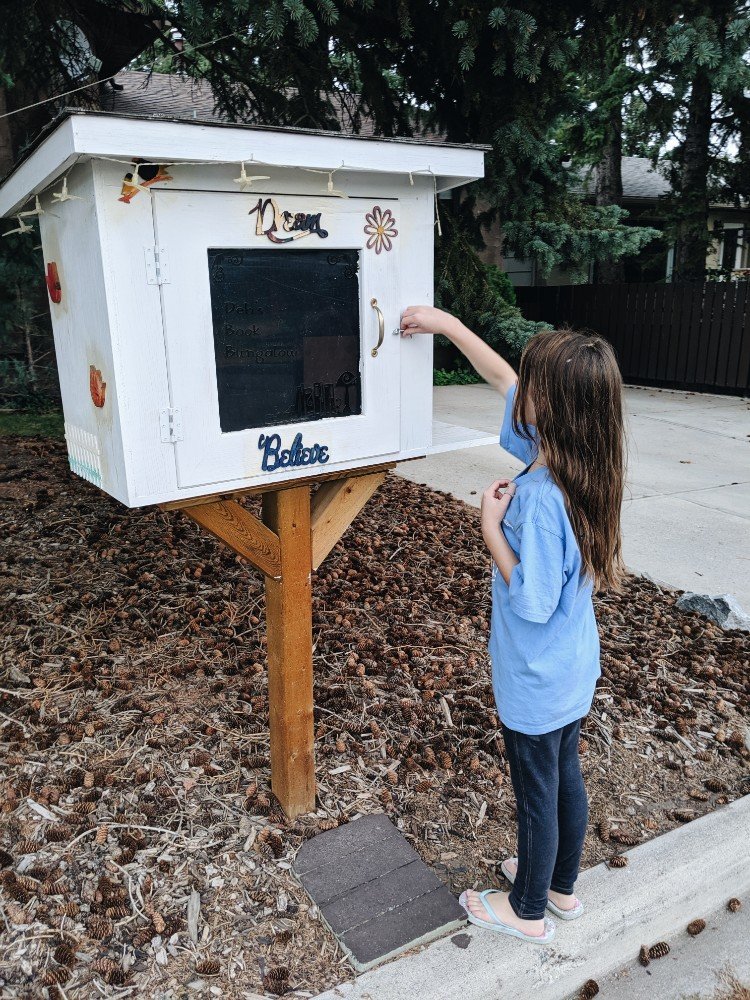
WHY WE DON’T FOLLOW A CURRICULUM
I do understand why school systems have a curriculum, in that kind of setting you do need a standard for teachers to follow and there needs to be consistency from school to school.
But I do not think that homeschoolers need to follow a curriculum.
No child is at the exact place the school system thinks they need to be in every subject for their grade.
Both of my kids are a few grades ahead in a couple of subjects and a bit behind in others.
This is completely normal, even for kids that are in the classroom.
But, as a homeschooling parent I have the benefit of being able to create a custom educational plan for each of my kids that will serve them in the best way so of course I am going to take advantage of that!
Even the idea of an all-in-one homeschool curriculum rubs me the wrong way because who is to say that is all going to work for your child? If you do go ahead and purchase a homeschool curriculum I would strongly suggest being okay with not getting it all done because that curriculum was not made with your particular teaching style and your child’s particular learning style in mind. Most all-in-one curriculum end up recreating school at home, which is not my homeschool goal.
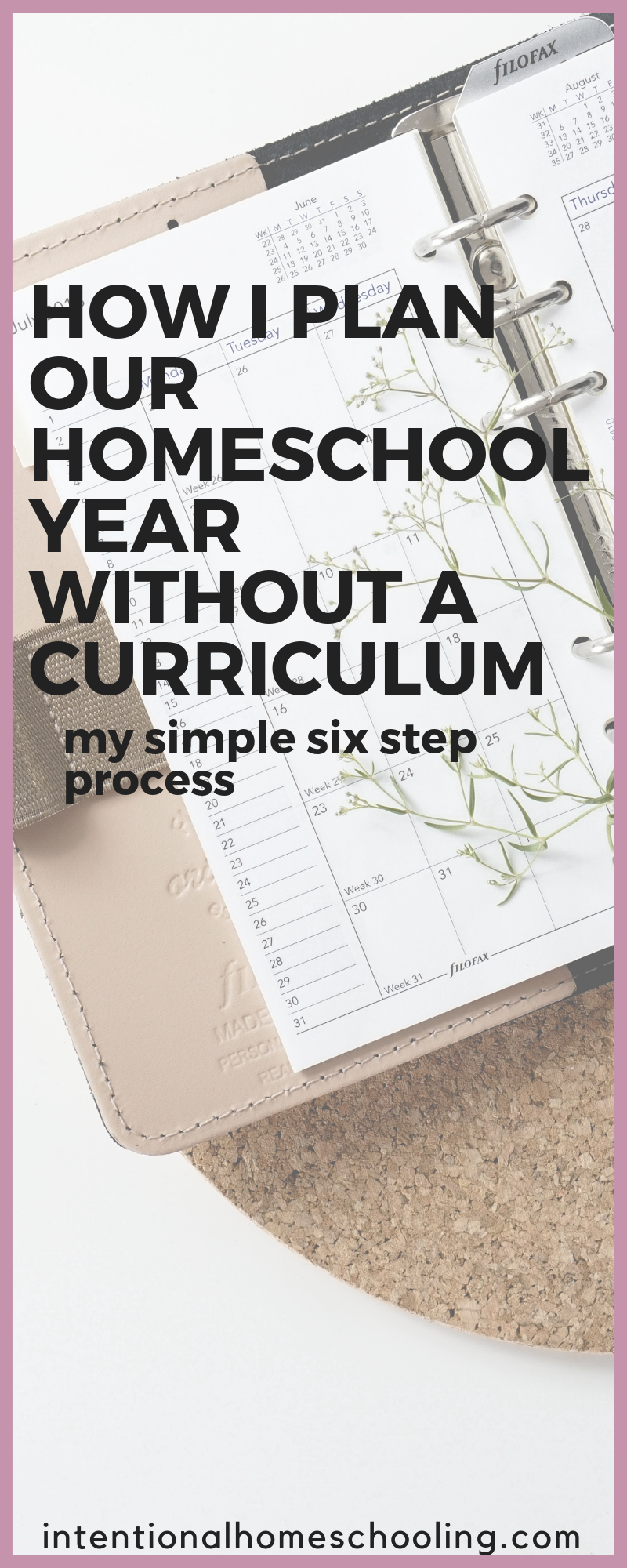
HOW I PLAN OUR HOMESCHOOL YEAR WITHOUT A CURRICULUM
Okay, so now you know a little about why I don’t like curriculum and I’m assuming you at least agree with me a little since you are still reading so I want to share how I go about planning for our year when we aren’t using a curriculum.
There are a few steps involved:
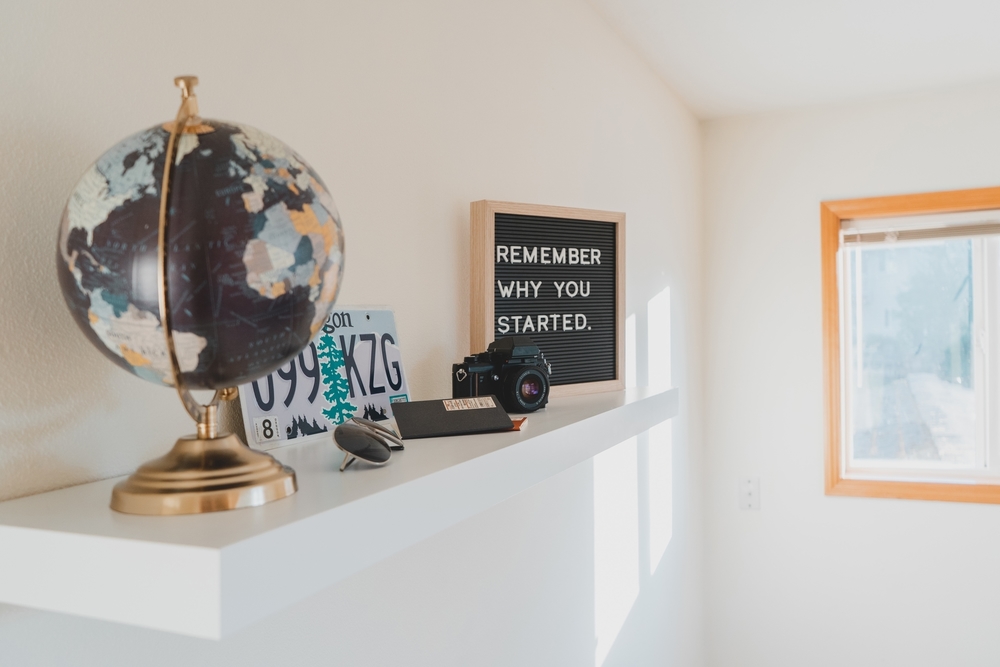
#1 VISION PLANNING
I always start with a lot of vision planning. I ask myself (and my kids and husband as well) a series of questions that remind me why we are doing this, what our priorities are, what the kids’ interests are, etc.
I actually have a free Homeschool Vision Planning Guide Book which you can go here to download. There are a few pages of questions that will help you with your vision planning and will help you with many of the following steps as well.
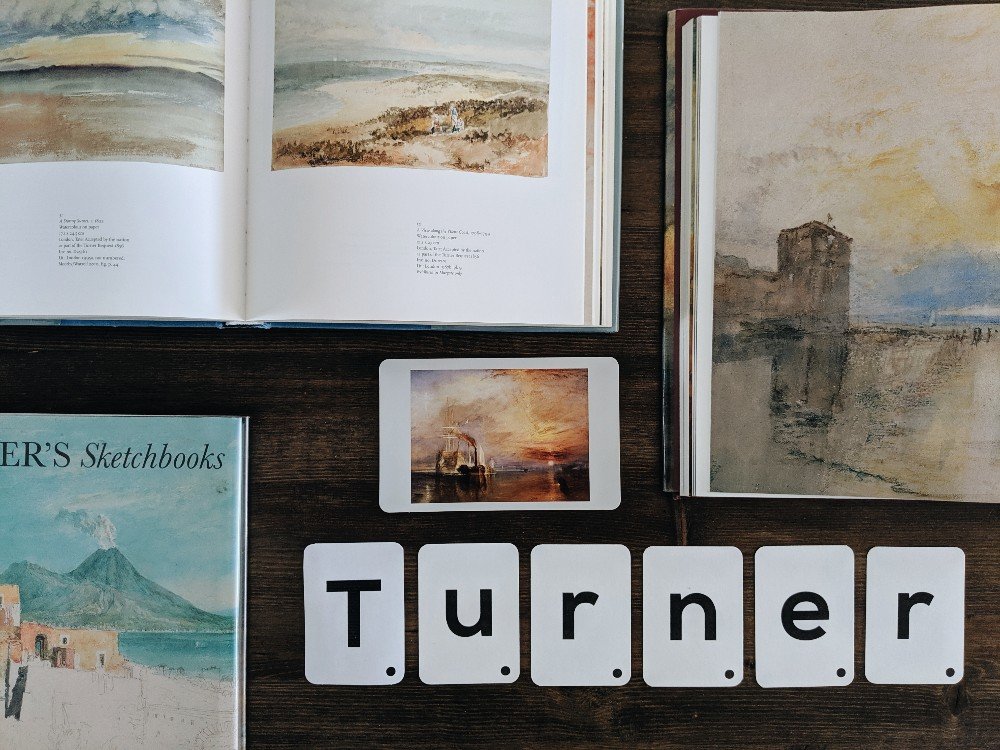
#2 WRITE OUT YOUR SUBJECTS
After I have gone through all pages in my Vision Planner I grab a piece of paper and start writing down all the subjects we will be covering in the year. Some are the regular school subjects and some are less so.
To give you an example, here’s what I ended up with for this year:
- Bible (together)
- Scripture copywork
- math
- read alouds (audio)
- art
- language arts
- free reading (for my fourth grader) and reading practice (for my first grader)
- Bible reading (independent)
- current memory verse
- character study
- artist study
- composer study
- handicrafts
- creative writing
- Spanish
- verse for the year
- science
- history
- nature study
- poetry tea time
- geography
- fairy tales and Aesop stories
Honestly, when I wrote it all out I got a little overwhelmed so don’t be worried if you feel the same way.
Remember: not every subject has to be done every day.
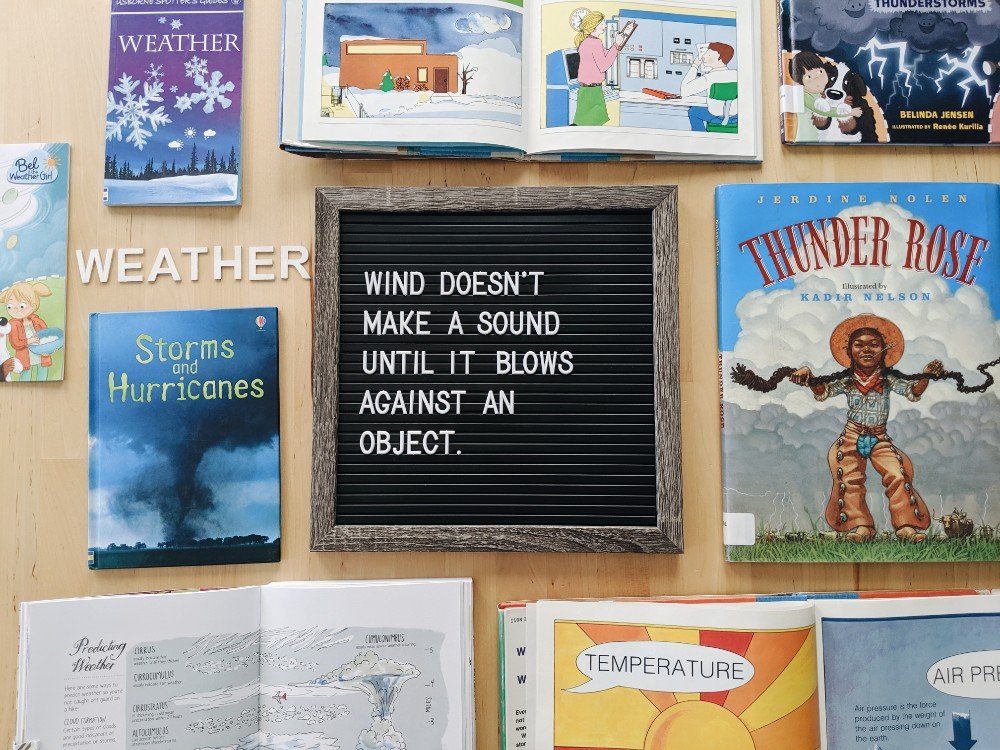
#3 WRITE A FEW THINGS YOU WANT TO STUDY IN EACH SUBJECT
Using what I all figured out from my vision planning I like to take some time to write down what I kind of want to cover in each subject for the year. This is not an exhaustive list, I usually just write down the first things that come to my mind.
To give an example, here are some of the things from my list:
- Bible (together) – reading plan & Bible journaling
- Scripture copywork – a verse or passage a day depending on child’s ability
- character study – using the Book of Virtues, Bible verses and maybe Learning Through Literature’s Character Study
- artist study – approximately one artist a month
- composer study – approximately one composer a month
- science – grade one: animal science, human body & plan science – grade four: physics, mainly through simple machines
- history – listen to Mystery of History, possibly journal through it
- poetry tea time – weekly on Tuesday afternoons

#4 FIGURE OUT HOW OFTEN YOU WANT TO DO EACH SUBJECT
This is the first year I’ve created a bit of a rhythm for our homeschool days and I gotta say, I’m loving it. Yes, even this rebel-who-doesn’t-like-routine is enjoying a rhythm to her days.
I decided there were some subjects I wanted to do each day (our priority subjects) and then I wanted to add in two loop schedules into our day. You can read the full details here but here’s the general breakdown I created:
DAILY (AKA TEA TIME)
These are the things I would like to do “every day” (but, here’s a secret: we only do “school” about three days a week):
- Bible (together)
- Scripture writing
- memory verse
- language arts
- math
- independent Bible reading
- independent reading/reading practice
OUR MORNING LOOP
Ideally we do one or two of these each morning after our tea time.
- artist study
- composer study
- handicrafts
- creative writing
- character study
- Spanish
- fairy tales & Aesop
OUR AFTERNOON LOOP
These subjects are a little more intensive and we will only do about one an afternoon:
- science
- history
- nature study
- geography

#5 CREATE A MONTHLY OVERVIEW
From there I went and created an overview for each month of the year. I generally make one for August-May but should really adjust to September-May because we don’t really do a whole lot in August. I’m still learning what works best for us.
All I did was write the month at the top of the paper and then write out each subject and one or two things I would like to get to that month in each subject. For me this is not a list to cling to with everything in me, it’s a guide.
I don’t even fill out all the months for the year. I only went to December and then for January through to May I only filled out a few things because I want to leave room to make some adjustments as needed.
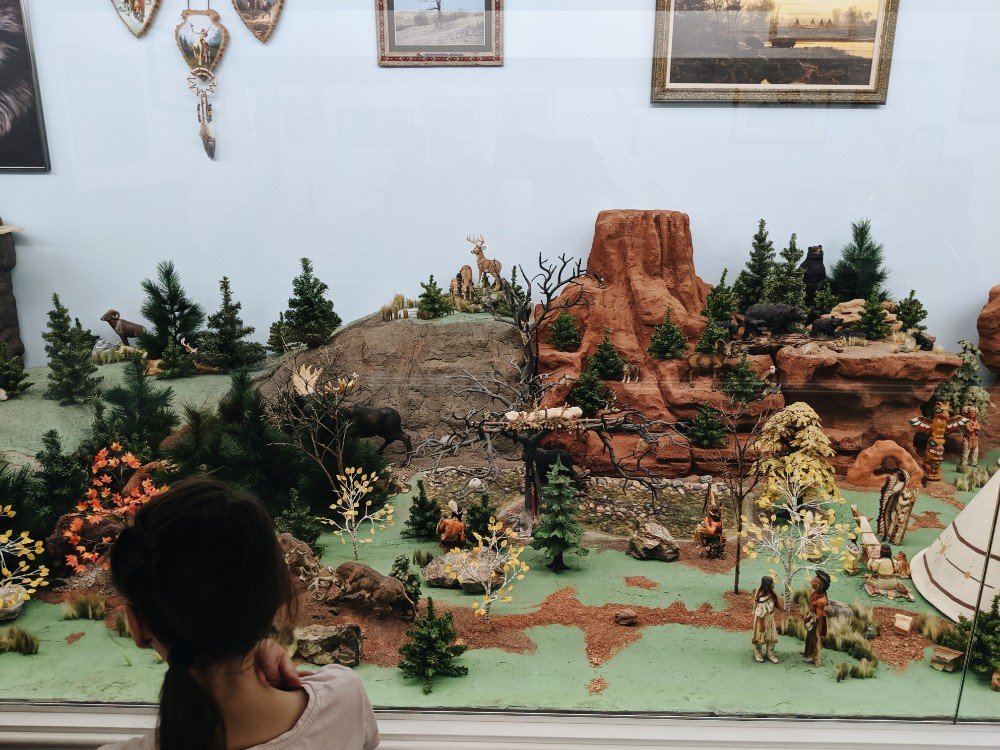
#6 KNOW THAT YOU CAN CHANGE THINGS
On that note, one of the benefits of homeschooling is the flexibility we have if we notice things aren’t working for us or for our kids. Don’t be afraid to change your plans halfway through the year or even halfway through the first month!
Last year I really wanted to follow the Charlotte Mason method but quickly realized it wasn’t right for us for that year.
As a homeschool parent you have the benefits of looking at every moment as a potential learning opportunity and kids naturally learn so much in that kind of environment.
I’m happy to share what does (and doesn’t) work for us in our homeschool but just because things work for us don’t mean they will be right for you. We are all unique creations raising unique creations and there is no one-size-fits-all method, which is why following a curriculum is often not the best for anyone.
If you are a fellow non-curriculum follower I would love to hear how you plan your year in the comments below, who knows, the way you approach your year may help another homeschooling family that is looking for a rhythm that works for them!

It’s so interesting reading this because I sat down and did my first “real planning” for my 2nd grader this year and took a similar approach without knowing it. Big objectives, cursive proficiency, multiplication… then broken down into different books or aids. Then planning out a month or so so that there is space for adjusting. With no great surprise two days in and I needed to make adjustment because my daughter was reading a particular book way faster than I had planned. So thankful for the natural fit and the way I can adjust to her and my goals with very little worry.
Hi Hillary, thanks for stopping by! I love that you naturally planned out your year in a very similar manner. Adjusting the plan two days in sounds a lot like our homeschool, I’m so thankful we have that flexibility!
We’ve just begun our second year of homeschooling. We’ve only done oak meadow and i loved that everything was preplanned for me. Now that I’ve gained confidence in my abilities I’m seriously considering piecing together our materials next year to really make the most of the time and freedom we have.
Your ideas are helpful and I’ll be coming back for more tips when im in planning mode
I also homeschool without a curriculum and use a similar method. First the subjects, then the specifics for each subject, then I take one legal sized piece of lined paper and list some general topics/expectations for each month. I really loved the loop idea when you blogged about it previously so I have recently added it as a rhythm for our school days (Tues-Fri). I’m curious to see if we can still accomplish everything while using the loops! But, of course, the most important part is that my kids are getting plenty of time to play outside, be was to, and play without any structure or demands dictated by anyone but themselves. Thanks for the ideas/encouragement/support, etc.